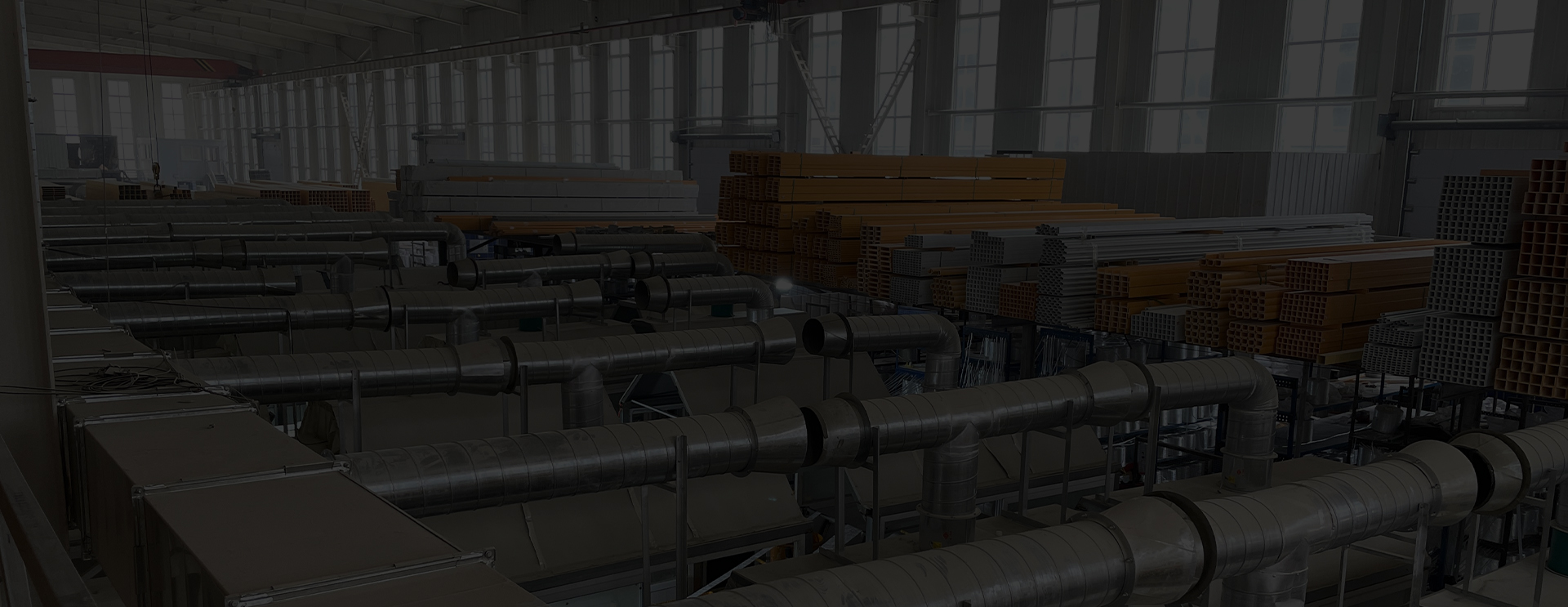loading...
- No. 9, Xingyuan South Street, Dongwaihuan Road, Zaoqiang County, Hengshui, Hebei, China
- admin@zjcomposites.com
- +86 15097380338
- Welcome to visit our website!
frp structural sections
The Rise of FRP Structural Sections in Modern Construction
In recent years, the construction industry has seen a significant shift towards the use of advanced materials, with Fiber Reinforced Polymer (FRP) structural sections emerging as a compelling alternative to traditional building materials like steel and concrete. This trend is driven by the unique properties of FRP, which include high strength-to-weight ratio, corrosion resistance, and ease of installation. As the demand for efficient, durable, and sustainable building solutions grows, FRP structures are becoming increasingly prevalent across various applications.
FRP composites are made by combining polymers with various fibers, typically glass, carbon, or aramid. This synergy results in materials that are not only lightweight but also possess exceptional strength and rigidity. For instance, glass fiber reinforced polymer (GFRP) is widely used in construction due to its excellent tensile strength and resistance to corrosion and environmental degradation. On the other hand, carbon fiber reinforced polymer (CFRP) is known for its superior mechanical properties, making it ideal for applications requiring high performance and minimal weight.
The Rise of FRP Structural Sections in Modern Construction
Moreover, the lightweight nature of FRP allows for easier handling and transportation. Lighter structural components lead to reduced labor costs and lower energy consumption during construction. The ease of installation associated with FRP also contributes to faster project timelines. Construction teams can assemble structures more quickly, consequently reducing the overall time required to complete a project.
frp structural sections

Sustainability is another critical factor driving the adoption of FRP in construction. As the industry becomes more aware of its environmental footprint, the use of materials that can minimize waste and energy consumption is becoming essential. FRP composites can be designed for specific applications, reducing the amount of raw material required. Additionally, their durability means that structures can last longer, thereby decreasing the frequency of repairs or replacements.
Applications of FRP structural sections are widespread, spanning from bridges to buildings and retaining walls. Their application in the construction of pedestrian bridges has been particularly notable, where the combination of lightweight properties and corrosion resistance makes them ideal for these structures. Furthermore, FRP's versatility allows for innovative designs that can enhance the aesthetic appeal of modern architecture.
The future of FRP in construction appears promising as research and technology continue to advance. New formulations and manufacturing processes are being developed to enhance performance characteristics and reduce costs. As architects and engineers become more familiar with these materials, it is expected that their integration into mainstream construction will increase.
In conclusion, FRP structural sections represent a paradigm shift in the construction industry, offering numerous benefits over traditional materials. With their superior mechanical properties, resistance to environmental degradation, lightweight nature, and sustainability potential, FRP composites are poised to play a crucial role in the future of building design and construction. As the industry adapts to these advanced materials, we can look forward to innovative and resilient structures that meet the demands of modern society.
-
GRP Structures: The Future of Lightweight, High-Performance EngineeringNewsJun.20,2025
-
FRP Water Tank: High-Performance Storage for Corrosive and Clean Water SystemsNewsJun.20,2025
-
FRP Square Tube: The New Industry Standard for Chemical and Structural ApplicationsNewsJun.20,2025
-
FRP Pultruded Profiles: The Ultimate Choice for Lightweight Structural StrengthNewsJun.20,2025
-
FRP Handrails: The Safer, Smarter, and Stronger Choice for Modern InfrastructureNewsJun.20,2025
-
FRP Grating: The Smart Solution for Durable, Lightweight Industrial FlooringNewsJun.20,2025
-
Why Choose a Galvanized Water Tank for Your Storage NeedsNewsMay.21,2025
